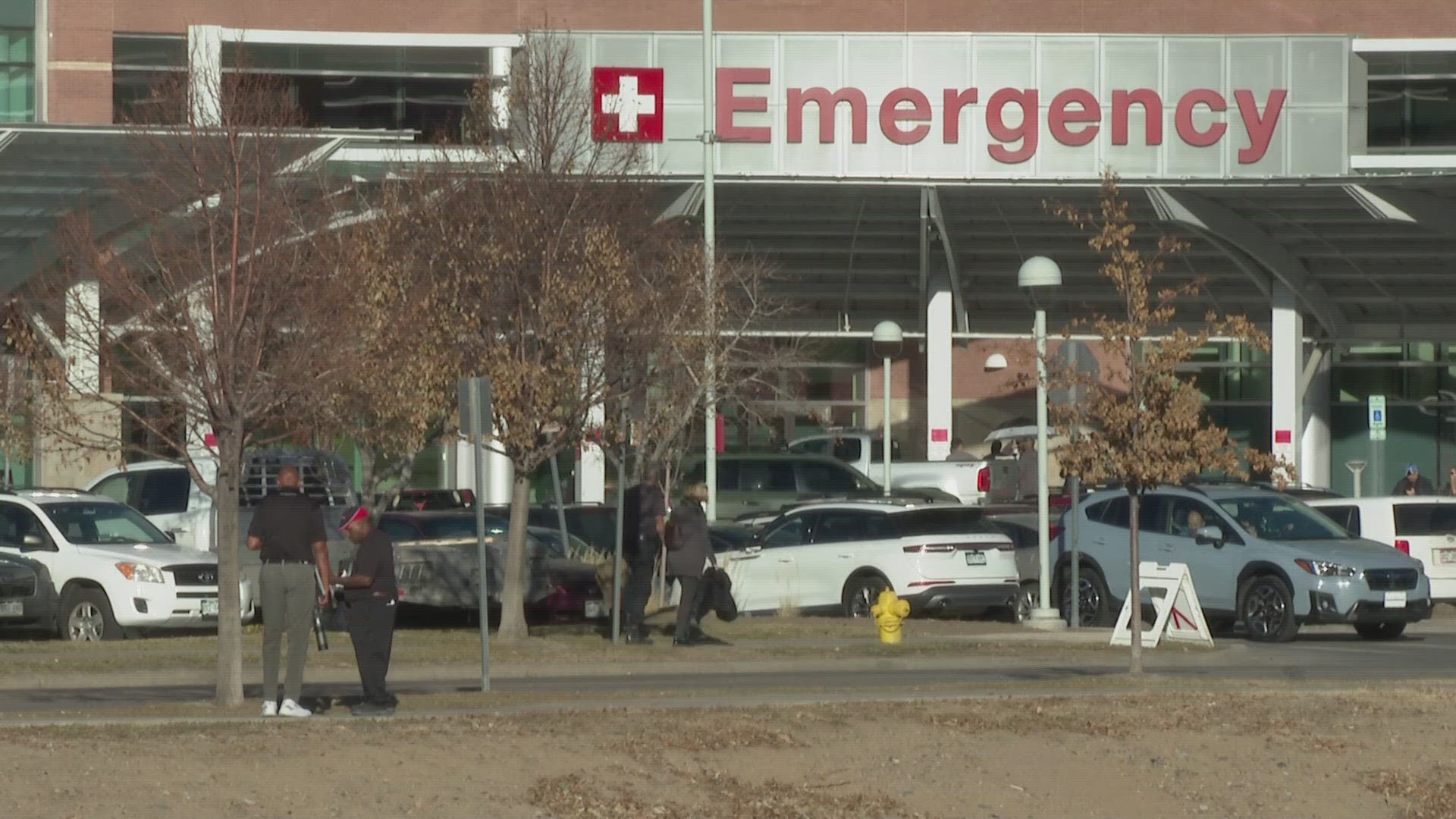COLORADO, USA — Colorado is experiencing an increase in cases of the world's deadliest infectious disease – tuberculosis, or TB. According to UCHealth, the state has seen a nearly 60% increase in cases compared to last year.
In 2022, the Colorado Department of Public Health and Environment reported 57 cases. So far this year, doctors have seen 84 cases with two deaths. TB was on a 10-year decline in Colorado until this year.
The state health department said eight of the 84 cases this year were in people younger than 18 years old. Many of the cases were reported from the Denver metro area as well as El Paso County, which has a similar case count to recent years.
9NEWS spoke to Dr. Larissa Pisney, Medical Director of Infection Prevention at UCHealth, to find out why the state is showing an increase in the number of TB cases.
(Editor’s note: This interview has been edited for context and clarity.)
9NEWS: What is tuberculosis?
Pisney: Tuberculosis is a slow-growing type of bacteria called a Mycobacterium. TB can do many things. It’s often called a great mimicker. What we think of most commonly is pulmonary TB, where it creates a walled-off cavity within your own lungs and people most commonly have fevers, night sweats, weight loss, a cough that doesn’t resolve or coughing up blood. But it really can infect any organ system in the body. There are lots of different ways that it can present, so it’s really important that clinicians are astute and try to think of the diagnosis, particularly in somebody who might be a higher risk.
What are we seeing here in Colorado?
Pisney: We did see, over the course of the pandemic and even before, a steady 10-year decline likely a result of a lot of public health work that has been done. In the last year to date we’ve seen over a 50% increase compared to 2022, so quite a number of cases. There are likely many factors that have contributed to this; one of which is probably the pandemic in terms of people not accessing healthcare as much. The symptom of a cough was associated with COVID over the last three years, and I think those things have contributed to a delay in diagnosis. We don’t know for sure, but certainly multiple factors have contributed to an increase in cases.
What other factors may contribute to this increase?
Pisney: I would say that many areas -- other countries -- either due to the pandemic or political unrest have seen an impact on their healthcare infrastructure. TB really relies on us having TB prevention. It relies on us having good quality healthcare. It requires patients to be able to access care, physicians to create an environment where patients feel comfortable sharing potential risk factors and then specialized tests. The treatment can be very hard. It’s months long and requires extended monitoring. If you didn’t think public health was important, the increasing spread of TB cases has certainly highlighted that.
TB is the deadliest infectious disease worldwide, so more than 10 million cases a year and 4,300 deaths a year. I know it’s not something that we think of in Colorado, and that’s something we really try to stress to our healthcare providers. While rare in Colorado, it’s still very important for us to think about it, particularly in the right patient.
What should people look out for?
Pisney: We’ve talked a lot about airborne transmission over the last three-plus years, and so TB is spread via airborne. It’s very small droplet particles that can stay in the air for a long period of time. There’s four main categories that we think of for individuals who are at higher risk:
- People who have lived or have extended travel to countries that are higher risk for TB.
- People who have known exposure.
- People who live or work in congregate settings like correctional facilities, long-term care, or homeless shelters.
- Healthcare workers who are more likely to take care of patients with TB.
We can screen for TB. There’s a blood test or a skin test that we offer to high-risk patients so that we can catch it in this dormant phase and offer patients treatment so that they don’t progress to a full-blown active infection, which is very serious.
Are there any trends we're seeing in the recent cases?
Pisney: I will say, we’ve seen at least here locally, more unique presentations, which I think likely speaks to a delay in care or potentially earlier symptoms being missed. People weren’t thinking about the diagnosis upfront. Again, that’s why we talk about it a lot here in terms of having to think about it to find it or other infections. If you come into the hospital with a fever or get blood cultures you will find hundreds of different bacteria. This one you have to order specific tests to find it, and so the clinician has to be thinking about it to make the diagnosis.
There can be a stigma associated with the disease, and we want to make sure that people know that if it’s caught early it's preventable and that also prevents the individual patient from getting sick and then prevents transmission to others.
SUGGESTED VIDEOS: Latest from 9NEWS

